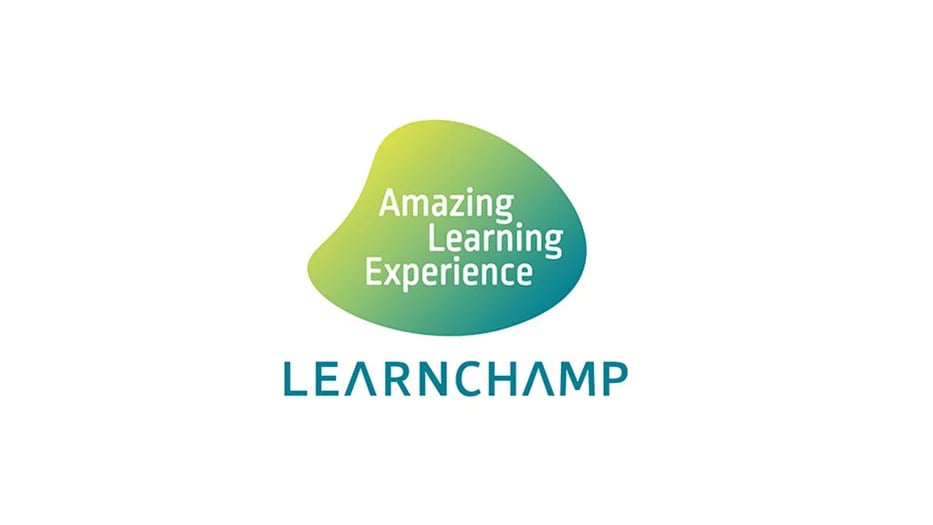The Best Virtual Training Platforms For Your Distance Education
Improve your students' online learning experiences with our guide to choosing the right virtual classroom software.
Learn how to choose the right virtual classroom platform for your online learning or corporate training needs with our comprehensive guide.
As online learning and corporate training continue to grow, choosing the right virtual classroom platform is becoming increasingly important. With so many options available, it can be overwhelming to determine which platform is best suited for your needs. But fret not. We are here to help.
01. What Does Virtual Classroom 4.0 Mean?
02. Who Should Use Virtual Classrooms?
03. The Virtual Classroom Benefits
04. Virtual Classroom Concerns
05. Specific Concept Needs For An Efficient Virtual Classroom
06. Examples of Successful Virtual Classrooms
08. Virtual Classroom Teaching Techniques
The world has witnessed a massive shift towards online education in the last few years. The COVID-19 pandemic has only accelerated the trend. Virtual classrooms have become the norm for many students around the world, and teachers have had to adapt quickly to this new mode of teaching.
In this article, we will explore the concept of a virtual classroom, its needs, benefits, and concerns. We will also delve into three teaching techniques that are effective in the virtual classroom and how to manage students in this environment.
A virtual classroom is an online learning environment where teachers and students can interact in real-time. It is a platform that provides an opportunity for learners to access educational resources, engage in discussions, and receive feedback from their instructors.
The virtual classroom can be accessed from anywhere, provided that the student has an internet connection.
VR training sessions are suitable for a wide range of learners and teachers. They can be used by students who are unable to attend traditional classroom settings, such as those who live in remote areas or have disabilities.
Virtual classrooms are also beneficial for teachers who want to reach a larger audience or offer more flexibility in their teaching.
There are several benefits of using a virtual classroom for teaching.
Firstly, it is accessible from anywhere, which means that students can attend classes even if they are not physically present in the classroom. This is particularly useful for students who live in remote areas or have other commitments that prevent them from attending classes in person.
Secondly, a virtual classroom is cost-effective. It eliminates the need for physical classroom infrastructure, such as desks, chairs, and projectors. This can result in significant cost savings for educational institutions.
Thirdly, virtual classrooms offer flexibility. They allow students to learn at their own pace and to revisit course materials as many times as they need to.
This can result in better learning outcomes for students.

There are also concerns associated with virtual classrooms, the lack of face-to-face interaction being the main one. This can make it difficult for teachers to gauge their students' understanding of the material and to provide individualized feedback.
Another one is the potential for distractions. Students may be tempted to browse the internet or engage in other activities during virtual classes, which can affect their learning outcomes.
To set up a virtual classroom, you will need
The software should support video conferencing, chat, and screen sharing. You should also have a good microphone and camera to ensure that your students can see and hear you clearly.
.webp?width=535&height=315&name=3spin%20(1).webp) Virtual learning worlds with 3spin Learning
Virtual learning worlds with 3spin Learning
Virtual classrooms have been successfully implemented in a range of settings. Here are some examples:

For example, LearnChamp uses VR education for staff development to provide direct support in the workflow and thus increase learner productivity. By working with 3spin Learning, organizations can create virtual training environments where employees can gain hands-on experience, work through complex scenarios and develop skills in a realistic, risk-free environment.
Such VR training solutions include, for example, the replication of work environments, customer interactions, or challenging tasks. Employees are equipped with VR glasses and interact in virtual situations and practice problem-solving. Through repeated training in the virtual world, employees can improve their skills, build confidence and be better prepared for real-world challenges.
With the help of 3spin Learning, companies can take their staff development to a new level. VR-based training enables employees to engage in active, hands-on learning, resulting in more effective skills development. Companies benefit from better-qualified employees, increased productivity, and increased employee satisfaction. By using VR in HR development, companies can drive change, develop their employees in innovative ways, and strengthen their competitiveness.
There are several teaching techniques that are effective in the virtual classroom. These include:
Synchronous Teaching: Synchronous teaching is when the teacher and students are online at the same time. This allows for real-time interaction, which can help to keep students engaged and focused.
Asynchronous teaching is when the teacher and students are not online at the same time. Instead, the teacher provides course materials that students can access at their own pace. This allows for greater flexibility and can be particularly useful for students who have other commitments.
Blended teaching is a combination of synchronous and asynchronous teaching. This allows for both real-time interaction and flexibility.
Managing students in a virtual classroom 4.0 requires a different approach than managing students in a traditional classroom. Here are some tips for managing students in a virtual classroom:
Establish clear expectations for behavior and participation. This will help to ensure that students understand what is expected of them and will help to minimize distractions.
Use technology to engage students and to create an interactive learning environment. This can include tools such as chat rooms, breakout rooms, and interactive whiteboards.
Provide regular feedback to students to help them stay on track and to address any issues that may arise.
Virtual classrooms offer a range of benefits and advantages that can improve learning outcomes for students. They are suitable for a wide range of learners and teachers and can be implemented in a variety of settings.
When using virtual classrooms, it is important to establish specific rules and guidelines and to use appropriate software such as 3spin Learning to create an effective learning environment. With the right tools and techniques, virtual classrooms can provide a valuable and engaging learning experience for students.

Improve your students' online learning experiences with our guide to choosing the right virtual classroom software.
Learn about LMS Benefits and how authoring platforms such as 3spin Learning can help you smoothly integrate Virtual and Augmented Reality into your...
Reasons why we need learning management systems (LMS) as a powerful educational platform for successful teaching and learning.
Stay up to date on new insights in VR / AR learning with AI and build or improve your knowledge within the technology.